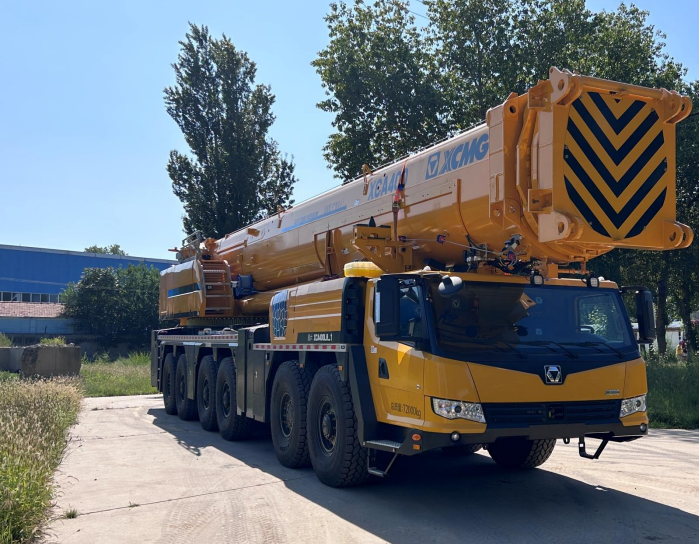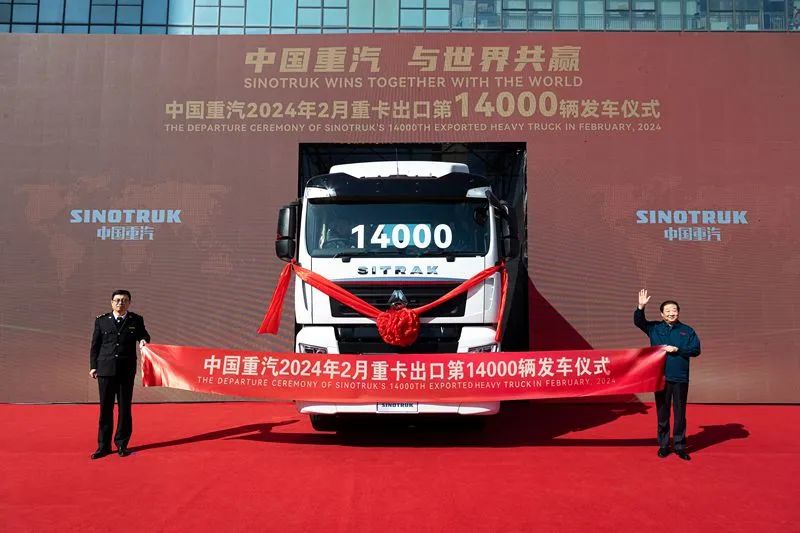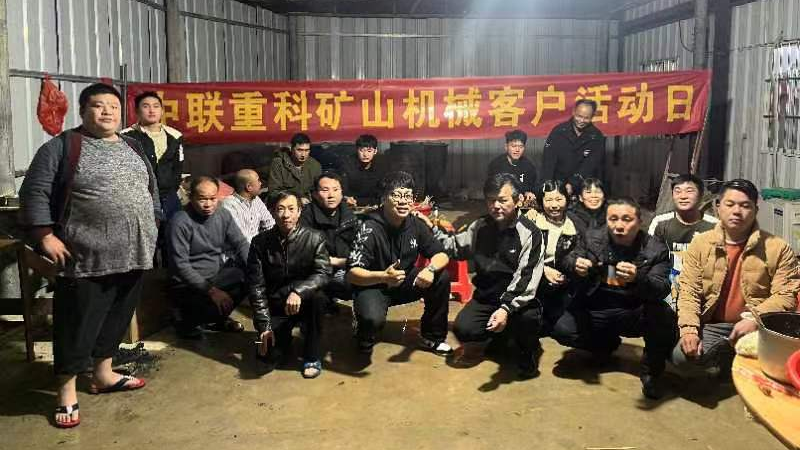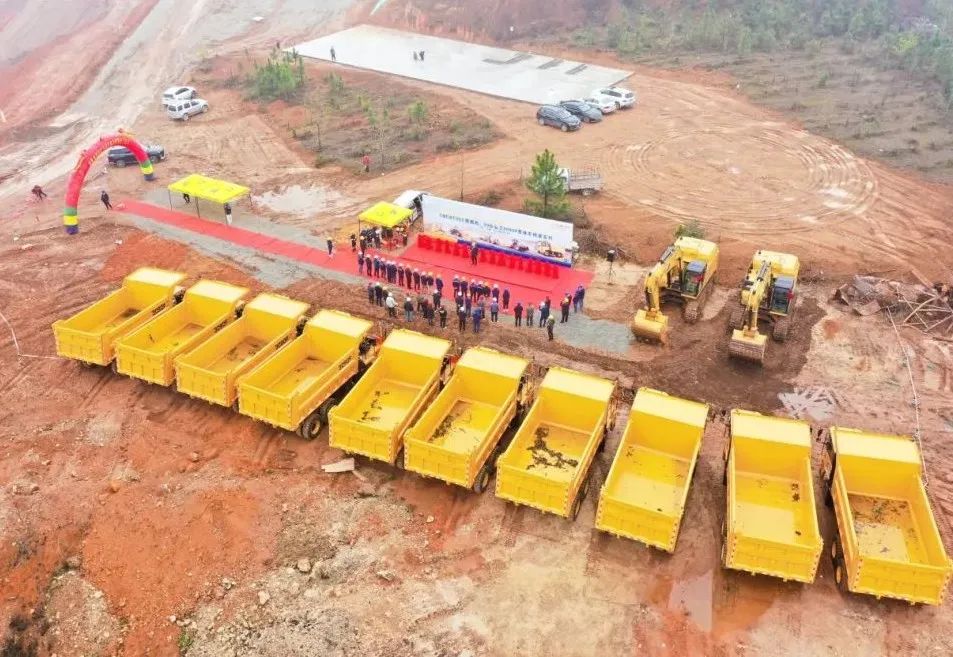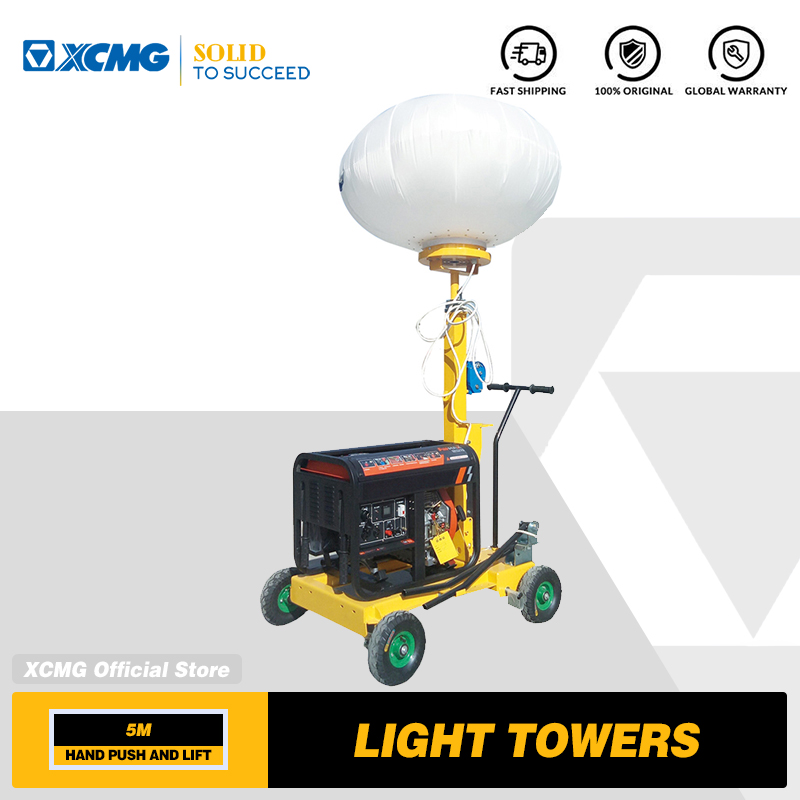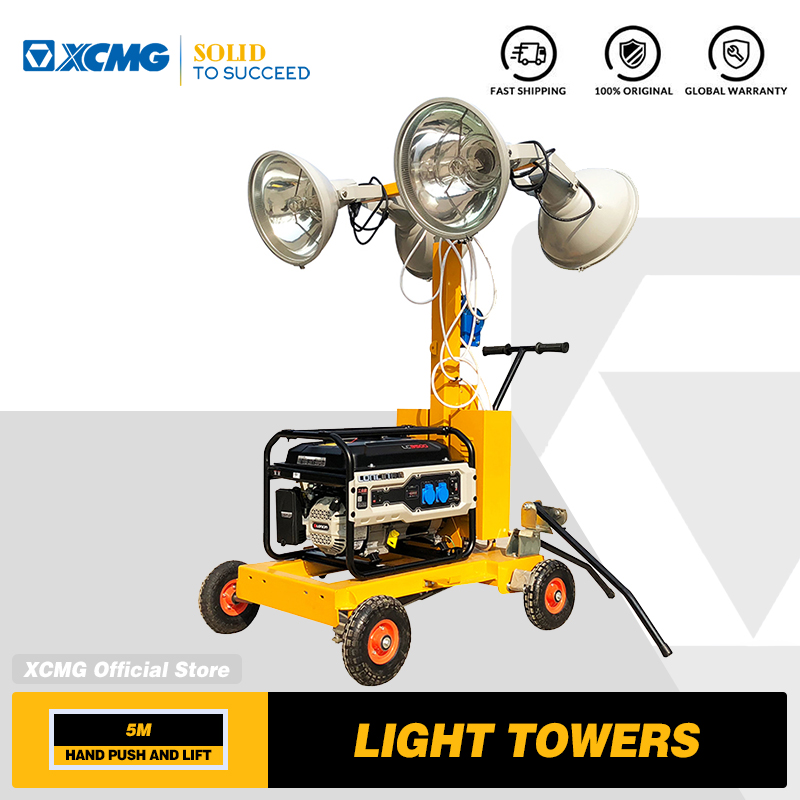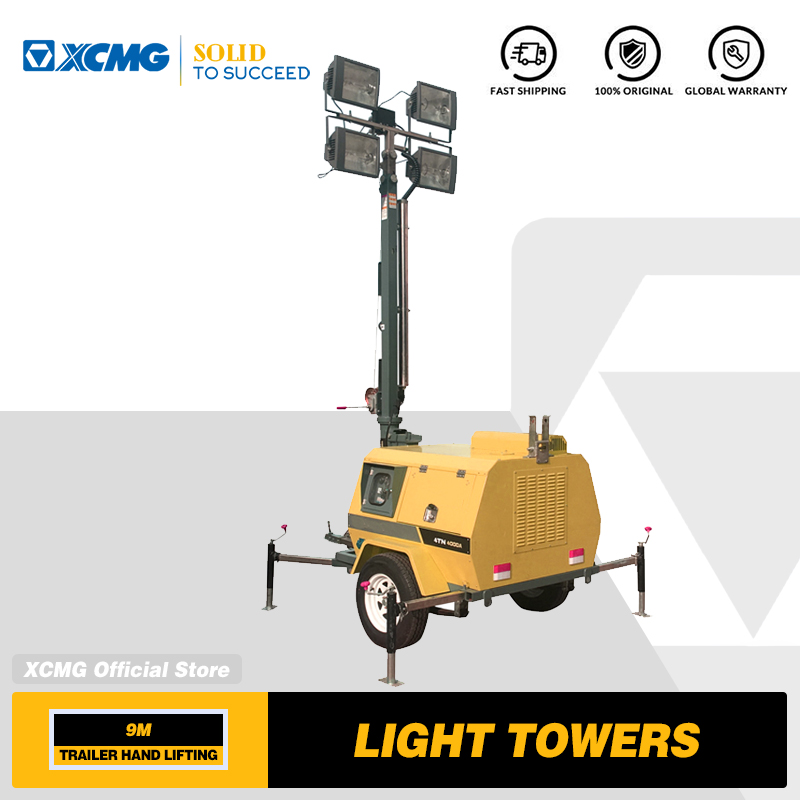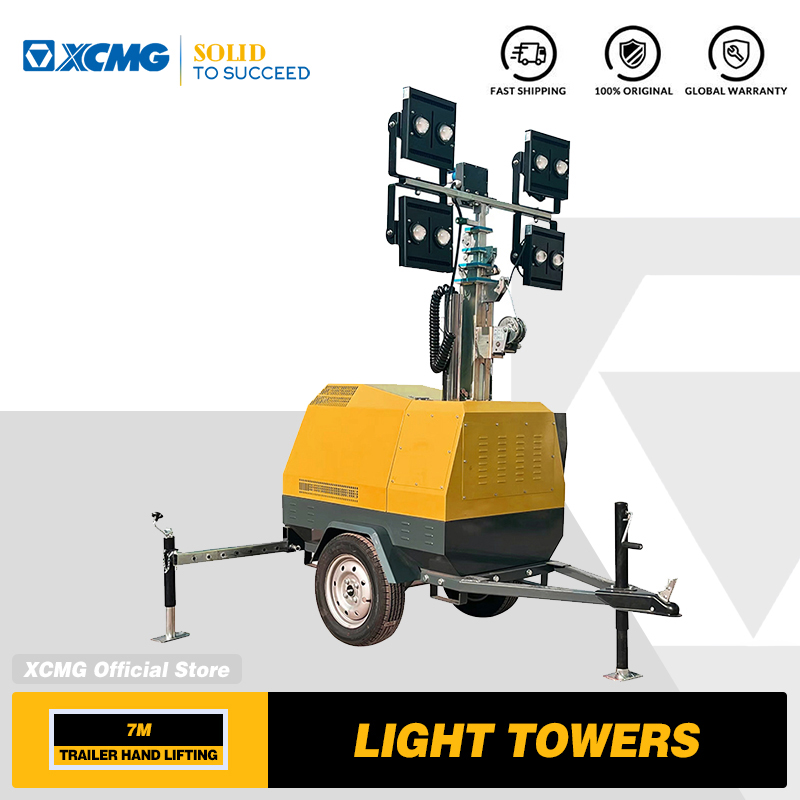Delivering the data that matters
May 12, 2021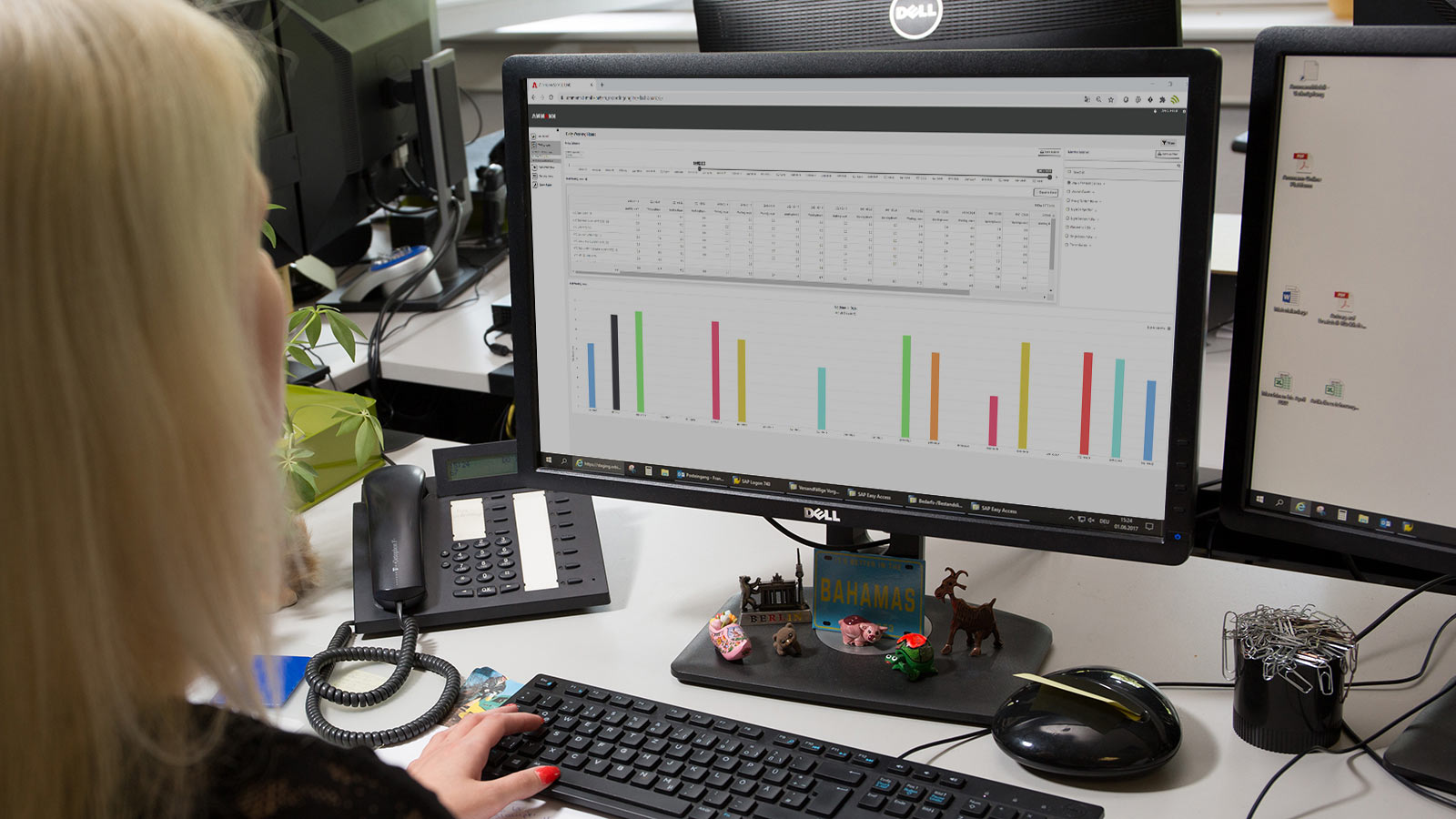
Delivering the data that matters
ServiceLink
Ammann ServiceLink has been updated to simplify customer access to machine data that makes jobsites more transparent, productive and profitable. ServiceLink is available for light equipment, including rammers and plate compactors, and for heavy machines, such as rollers and pavers.
ServiceLink for light equipment utilises a new generation of hardware that ensures the most crucial machine data is consistently available to customers – in an affordable manner. “This is all about reducing downtimes and opportunity costs,” said Bernd Holz, Vice President of Light Compaction at Ammann. “This simplifies logistics and distribution of machines to jobsites.” ServiceLink also provides customers with machine data so they can spot trends and adjust accordingly.
Key information includes battery charge, which helps contractors avoid costly surprises when they arrive on a jobsite. “It’s not a problem if you have to charge a battery before using the machine – as long as you know it,” Holz said. “It is, however, a bad situation if you arrive at a jobsite and only then discover you can’t start the machine – for example, a light compactor. This is particularly important if other facets of the job depend on completing the compaction.”
ServiceLink for Light Equipment
ServiceLink offers a completely new generation of hardware for the light equipment market. “There is a demand for a small, light, affordable device that transfers location, starter battery voltage and working hours – and that new hardware delivers it,” Holz said.
An affordable one-time fee covers the cost of the light equipment hardware (also known as the TCU), portal access and data transmission.
Customers say machine location is the most important information. “They also want to know if the battery voltage is sufficient,” Holz said. “They want information about how many hours the machine has worked, too. Those three – location, battery, hours – that’s what they need.”
A data transfer breakthrough
The information the customers want the most – location, battery charge and hours – requires little bandwidth. That led the ServiceLink development team to utilise a specialised data transmission technology called narrowband IoT, or NB-IoT. First, it requires little power. NB-IoT also has a strong penetration signal, meaning it can connect in rural areas – and for long distances. Data transmission is also secure.
“The data transfer is automatic,” said Wladimir Drisner, Product Manager – Light Equipment at Ammann. “There is absolutely no manual interaction required of the user. This is a breakthrough for a small, light and affordable device.”
Crucial to data transfer – and ServiceLink in general – is the revamped hardware. It is compact, fully enclosed to prevent penetration from dust and water, and rugged to withstand harsh jobsite environments. The TCU housing contains all the electronics: a microchip, GPS module, NB-IoT module and sensors. It comes factory-mounted or can be added later as a retrofit. It can be installed on all current and older Ammann light equipment machines. Installation is extremely easy. After the installation, ServiceLink is ready to work. “You activate the TCU by simply plugging in the dedicated TCU battery or the machine’s starter battery,” Drisner said.
“You can use the machine’s starter battery, and if it goes below a certain voltage level, the TCU has its own battery and will automatically switch,” Drisner said. “This ensures the TCU will never drain the starter battery below a critical threshold and you’ll always be able to start your machine.” Most customers will likely use the starter battery as the primary power source, Drisner said. “Overall, the new light equipment TCU is an ultra-low power device,” he said. “It requires very little power.
Light equipment that is not equipped with starter batteries, including rammers and small plate compactors, will be powered exclusively from the TCU battery. It lasts between two and four years, depending on the transmission frequency and various external factors, and is easily replaced. “You just unplug the old one and plug in the new one,” Drisner said.
Retrieving data
Accessing ServiceLink is simple. ServiceLink users first have to register the machine. “Customers can log onto the platform through myAmmannn.com,” Holz said. “Once there, they register their machines and TCUs.” The process is fast. “You can access telematics data within seconds of a registration,” Holz said.
Subsequent visits are even easier. “All customers have to do is click on ServiceLink. All Ammann applications are a single sign-on. It’s one click, and you’re on the portal. There’s your information.”
Also available is a ServiceLink mobile app for iOS/Android, which is equally as intuitive.
Data with value
From start to finish, Ammann made simplicity a priority. “That’s essential with telematics,” Drisner said. “Customers expect that telematics is not complicated.” Knowing a machine’s location removes guesswork for the customer. “If you have to manage multiple jobsites at once, it makes it much easier to track where all the machines are,” he said.
ServiceLink provides anti-theft protection, too. A “geofence,” or a virtual perimeter, can be defined within the portal, Drisner said. An alert can be sent if the machine leaves the perimeter. If the equipment is being relocated during a routine time of the day, the customer will assume an operator is moving it. “But if it’s Friday night at 11 p.m., you would have a different reaction,” Drisner said. Recovery of stolen equipment is more likely because the GPS will continue to send the machine’s location after the theft.
Customers also said battery information is crucial. “If you send an employee to a jobsite that is 50 km away, and he arrives and cannot use the machine because the battery is dead, you’ve wasted a lot of time,” Holz said. Working hours are important for rental houses and their billing. The data also helps contractors double-check jobsite usage numbers.
Timely maintenance
The data on a machine’s working hours can be used to schedule maintenance. Customers can make their own evaluations based on that information or rely on alerts from Ammann that a machine is due for service.
“Grouping the light equipment is essential to ensuring proper maintenance,” said Heiko Graber, Global Aftersales & Service Director. “It can be inconvenient to bring in a single machine for maintenance, so there is a logistical element. In addition, customers are more likely to see the importance of maintenance when they see how many machines are impacted. In the end, that maintenance extends the life of the machines.”
ServiceLink for Heavy Equipment
ServiceLink for rollers and pavers offers additional functionalities, including fuel consumption data. “The customer can evaluate fuel usage on an ongoing basis and also evaluate specific time periods to spot trends,” Holz said.
Heavy equipment users utilise myAmmann.com the same way as light equipment users. “There is one consolidated telematics portal for all machines,” Holz said.
All heavy machines from Ammann come equipped with the necessary wiring and linkages. Customers can have ServiceLink installed at the factory or add it later.
